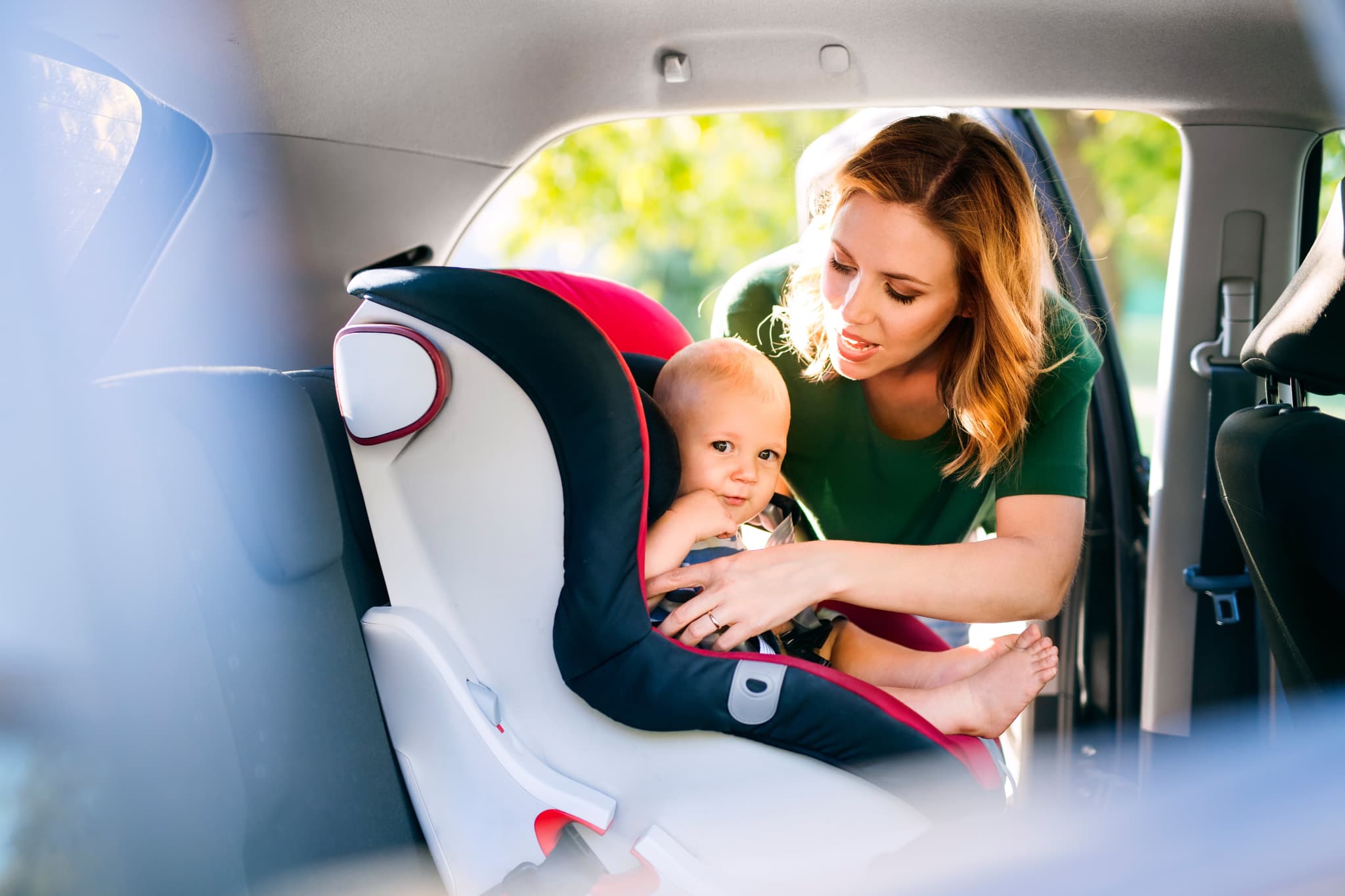
2024-07-12T16:54:51
Sunscreen Travel Tips
- Dermatology
April 2, 2019 | Pediatrics

Although it’s impossible to shield little ones from every danger in life, child safety regulations such as car seat recommendations, state and local child passenger laws and automobile requirements go a long way toward keeping children safe on the road. If you have children of your own or plan to have children in the near future, brush up on these regulations and safety tips.
Each year, thousands of young children die or sustain injuries in car crashes, and proper car seat use can help prevent these injuries. If you’re like many parents, however, you may not be sure what constitutes “proper car seat use,” as there are multiple car seat models on the market, and the recommendations for car seats change frequently.
Prior to August of 2018, the American Academy of Pediatrics (AAP) suggested that parents should switch their children from rear- to forward-facing car seats once children turn 2 years old. However, a recent press release states the AAP now recommends parents keep their children in rear-facing car seats for as long as possible. Car seat manufacturers today have created seats that allow children to remain rear-facing for up to 40 pounds, which means many children will be rear-facing long after their second birth.
The AAP also recommends that once children in cars are forward-facing, they should sit in a seat with a five-point harness for as long as possible. Once your child outgrows his or her five-point harness seat, you should switch him or her to a booster seat, which should accommodate a child of up to 4 feet 9 inches.
“Shotgun” is the coveted front seat of a vehicle over which many siblings have argued over the decades. However, although it was once commonplace to let the “winner” have the front seat, the CDC warns that parents today should be wary about letting children under the age of 13 ride in the front seat.
Power windows can exert 30-80 pounds of force; it takes only 22 pounds of force to asphyxiate or harm an infant and just two pounds of force to activate a window switch. Protect your children by teaching them to not play with power window switches, checking that power windows are clear of body parts before closing them and activating your power lock.
Finally, never leave your child unattended in a vehicle, even if you plan to do so for “just a minute.” Approximately 38 children die each year after being left alone in a vehicle due to extreme temperatures. Because of the very real dangers of leaving a child alone in a car, many states have outlawed it, which is just one more reason to take your child on your errand with you, no matter how brief you plan for it to be.
“AAP Updates Recommendations on Car Seats for Children.” American Academy of Pediatrics. https://www.aap.org/en-us/about-the-aap/aap-press-room/Pages/AAP-Updates-Recommendations-on-Car-Seats-for-Children.aspx
“Child Passenger Safety.” The Centers for Disease Control and Prevention.

WRITTEN BY:
The Live Better Team


2024-07-12T16:54:51

2024-07-02T11:42:04

2024-07-01T13:49:28

2024-06-21T14:29:51
This information is not intended to replace the advice of a medical professional. You should always consult your doctor before making decisions about your health.